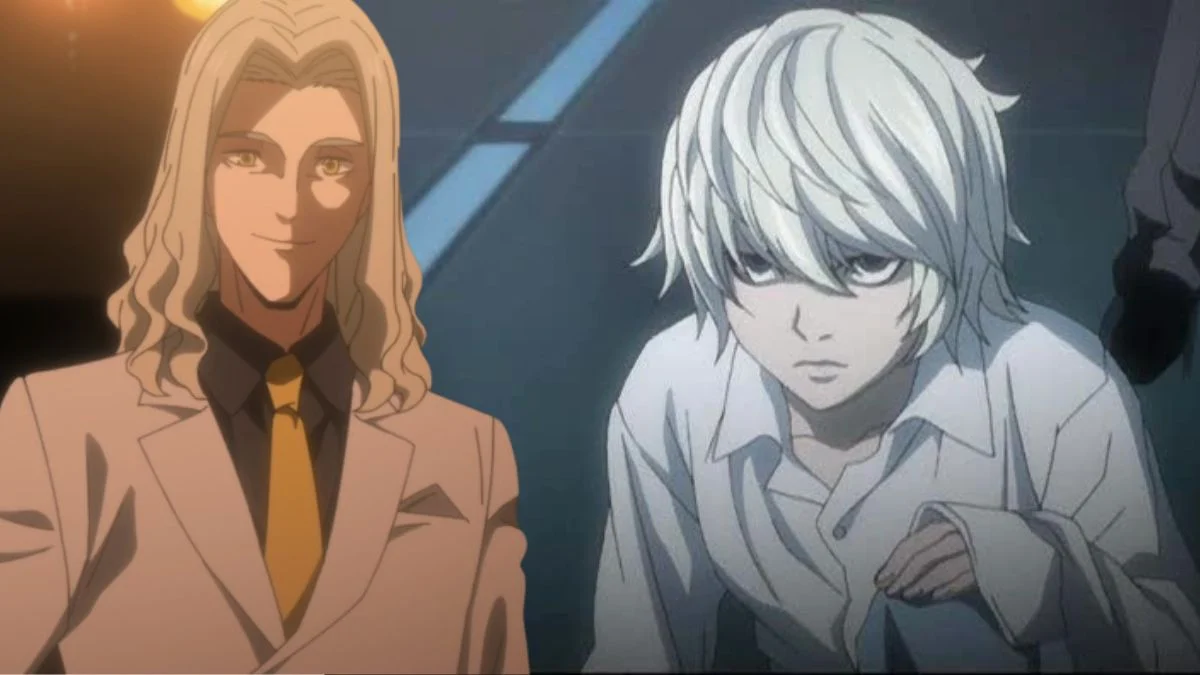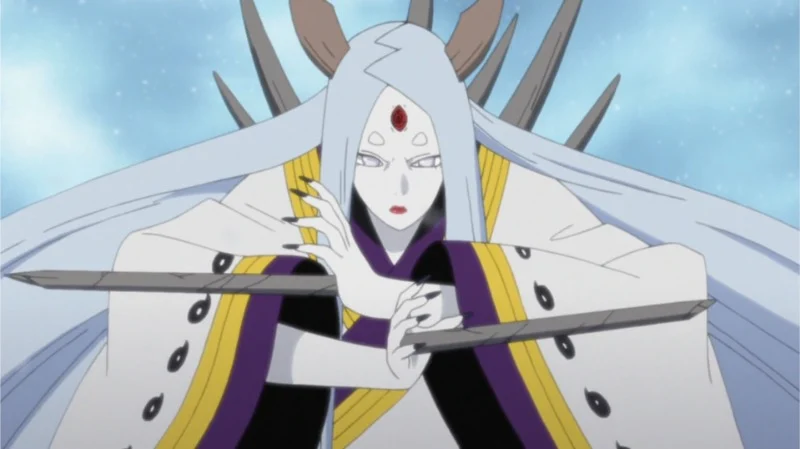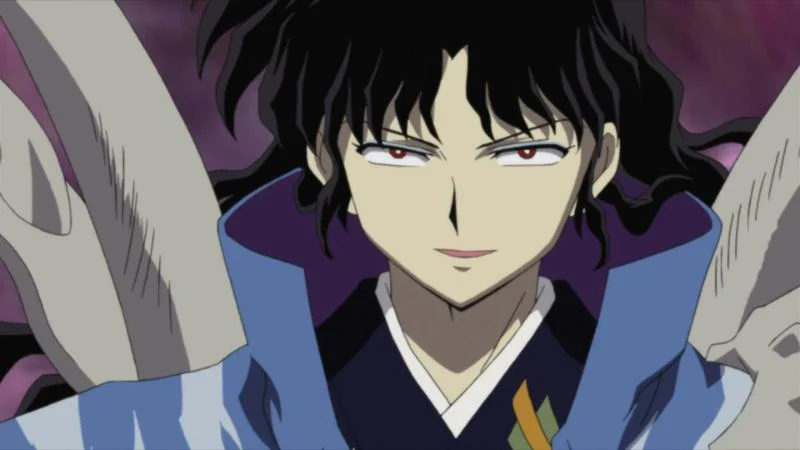
Many anime series start strong but end with a final villain who feels underwhelming. This article examines those disappointing final battles, looking at what actually happens on screen. You’ll find examples of villains with little screen time, those who show up at the last possible moment, or conflicts resolved quickly with dialogue instead of a proper fight. For each example, we’ll lay out the key plot points and also mention the animation studio responsible for the ending.
Kaguya Otsutsuki

In ‘Naruto Shippuden,’ this character appears very late in the series with almost no introduction, quickly taking over as the main villain. Her battles are usually quick, taking place across different dimensions instead of long, drawn-out fights. The series ends with a sealing technique achieved after a brief team effort. The animation studio, Pierrot, introduces her abruptly as the story concludes.
Apocalymon

In ‘Digimon Adventure,’ this character only shows up after the DigiDestined defeat the Dark Masters, immediately issuing a world-ending threat. The battle is brief, resolved when the children recover their crests and block his attempt to erase them. The character’s powers are mostly explained through dialogue rather than demonstrated in a detailed fight. Toei Animation concludes the season by defeating him in just one episode.
Peter Ratri

In ‘The Promised Neverland,’ this character acts as the public face of the farm and faces off against the children towards the end of the series. The conflict is resolved through talking, admissions of guilt, and a sudden change in events, rather than a long fight. He is ultimately defeated due to treachery from within, followed by a short encounter. The anime studio, CloverWorks, shows his fall from power mainly through conversations and strategic planning.
VIRM

The anime ‘Darling in the Franxx’ introduces the true enemy late in the series, shifting the focus from the characters initially presented as villains. The final battle takes place in space and concludes with a quick, decisive attack. While the enemy’s power is significant, it’s mostly explained through descriptions rather than shown in elaborate fight scenes. The animation studios, Trigger and A-1 Pictures, save this major reveal for the end of the story.
Heathcliff

In ‘Sword Art Online,’ the creator of the game is revealed and dictates the conditions for ending the deadly competition. The final battle takes place on one floor and ends when the hero breaks the game’s rules to deliver the winning strike. The server shuts down right away, with minimal lasting effects within the game world. The animation studio, A-1 Pictures, concludes this story arc immediately after this brief fight.
Asura

The climax of ‘Soul Eater’ focuses on the characters’ bravery and determination rather than a lengthy fight. The final moments center around a single, decisive blow following a discussion about courage, and the story concludes swiftly without needing complex attacks or transformations. The anime ends on a note similar to its original conclusion, avoiding a drawn-out battle.
Charles zi Britannia

In ‘Code Geass,’ this character challenges the main hero and tries to enact a plan similar to Human Instrumentality. However, he isn’t defeated in a direct fight; instead, the conflict is resolved by breaking the magical contract that powers him and destroying its underlying system. As soon as the code is undone and the supporting reality fails, he’s immediately defeated. The creators conclude his story by revealing his flawed ideology and showing his quick downfall.
Queen Beryl

I’m a huge ‘Sailor Moon’ fan, and I always found it fascinating how Beryl, leading the Dark Kingdom, didn’t actually fight in the final battle herself. She really relied on her subordinates until they were all defeated. The last fight wasn’t about fancy moves, but more about Sailor Moon and the others combining their powers. And then, with one incredible blast, it was all over – Beryl’s reign ended instantly! It was great how quickly Toei Animation moved on to showing everything being restored after she was gone.
Zorc Necrophades

During the memory world arc of ‘Yu-Gi-Oh! Duel Monsters,’ this villain appears and tries to destroy everything. The story builds to a final battle involving ancient secrets and a powerful fusion, ending with a swift attack. While the actual fight is short, his past is explored through flashbacks. The series concludes when Zorc is defeated and sealed away by Studio Gallop.
Naraku

Throughout ‘Inuyasha,’ a significant amount of time is dedicated to collecting the Shikon Jewel shards, but the final battle is surprisingly brief. The jewel itself ultimately determines the outcome, and Inuyasha’s purification happens rapidly. After a years-long quest, the story quickly resolves the conflict within the jewel, and the central struggle concludes with the sunrise shortly after.
Lord Boros

In the first season of ‘One-Punch Man,’ Boros acts as the final, most powerful villain, displaying incredible abilities like rapid regeneration and a beam capable of destroying planets. Despite this, the battle concludes quickly when the hero defeats him with a single, genuinely powerful punch. The villain’s ship is destroyed, and there’s a short conversation, but Boros doesn’t have any further transformations or stages to the fight. The anime studio Madhouse tells his story within just a few episodes.
Vicious

In ‘Cowboy Bebop,’ he appears as the ultimate challenge following the syndicate’s internal conflict. Their final confrontation happens at the syndicate’s headquarters and is remarkably brief, ending almost as soon as the fight begins. The series ends right after, with no further developments. The creators at Sunrise intentionally kept the showdown quick and to the point.
Dante

In the 2003 anime ‘Fullmetal Alchemist’, this character secretly controls the homunculi, but mostly avoids fighting herself. The story concludes with a clever plan and an escape, instead of a drawn-out battle. Her end comes quickly and unexpectedly, shown off-screen when one of the creatures betrays her. The animation studio, Bones, wraps up her storyline without a lengthy final fight.
Honest

Okay, so as a big anime fan, let me tell you about this character from ‘Akame ga Kill!’. He’s basically the puppet master pulling all the strings of the corrupt empire, but ironically, he’s not a strong fighter himself. When the revolution finally hits, it’s not about anyone defeating him in battle. Instead, his carefully constructed defenses just crumble, and he’s quickly captured as everything around him falls apart. The studio, White Fox, really focused on showing his downfall as a result of the empire’s political collapse, not some epic showdown. It’s a smart way to show power isn’t always about strength.
Near

In ‘Death Note,’ a carefully planned encounter sets up a tense confrontation with the main character, complete with a clever trap. The conflict is resolved when a switched notebook is revealed and the authenticity of a crucial piece of handwriting is immediately confirmed. Authorities quickly secure the area, and the situation ends peacefully, with no physical violence. Madhouse concludes the story through logical reasoning and a prompt arrest.
Share which final boss you thought fell flat and tell us why in the comments.
Read More
- Broadcom’s Quiet Challenge to Nvidia’s AI Empire
- Heights Capital Bets $16M on ImmunityBio: A Calculated Gamble?
- How to Do Sculptor Without a Future in KCD2 – Get 3 Sculptor’s Things
- How Bank of America is Poised to Thrive in the Coming Years
- Odyssey of Avalanche: DeFi’s New Darling, Zero Lockups! 🚀🎩
- Gold Rate Forecast
- METH PREDICTION. METH cryptocurrency
- Transformers Projects Under Review by Skydance: Michael Bay Version Included
- Thunderbolts Actors Reportedly Clash During Avengers: Doomsday Shoot
- Three Bargain Stocks for a Dying World’s Bull Run
2025-10-29 21:46